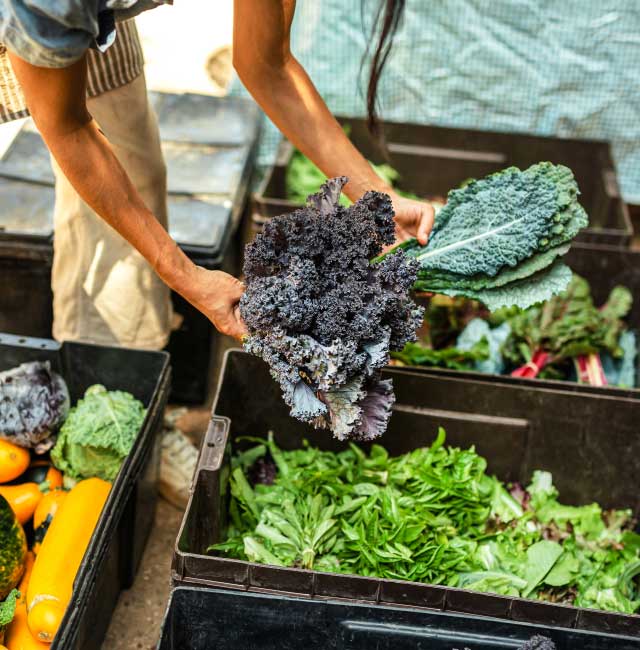Hunger 101
%
OF NORTH CAROLINA FACES FOOD INSECURITY
HIGH FOOD SECURITY
No reported indications of food-access problems or limitations.
MARGINAL FOOD SECURITY
One or two reported indications—typically of anxiety over food sufficiency or shortage of food in the house. Little or no indication of changes in diets or food intake.
LOW FOOD SECURITY
Reports of reduced quality, variety, or desirability of diet. Little or no indication of reduced food intake.
VERY LOW FOOD SECURITY
Reports of multiple indications of disrupted eating patterns and reduced food intake.


FOOD AND OVERALL HEALTH
Food has the power to change lives
45% of people facing hunger in NC make too much to qualify for nutrition assistance programs like SNAP[1] or WIC.[2]
THE BOTTOM LINE
Hunger does exist
While many of us may not recognize it, hunger is a pervasive issue in every community, often hidden from plain view. It doesn’t always manifest in extreme ways; sometimes, it’s as subtle as individuals trying to make ends meet. This reality could be affecting our neighbors, children in our schools, and countless others.
Deepen your knowledge on the reality of food insecurity in North Carolina and across the United States.
FOOD INSECURITY IS EVERYWHERE
We’re here to do something about it
At Inter-Faith Food Shuttle, we support our neighbors on their path to food security with the understanding that solving hunger is more than just putting food on the table. By implementing innovative strategies to tackle food insecurity, we ensure that individuals have access to nutritious food and resources needed to lead healthy lives.


